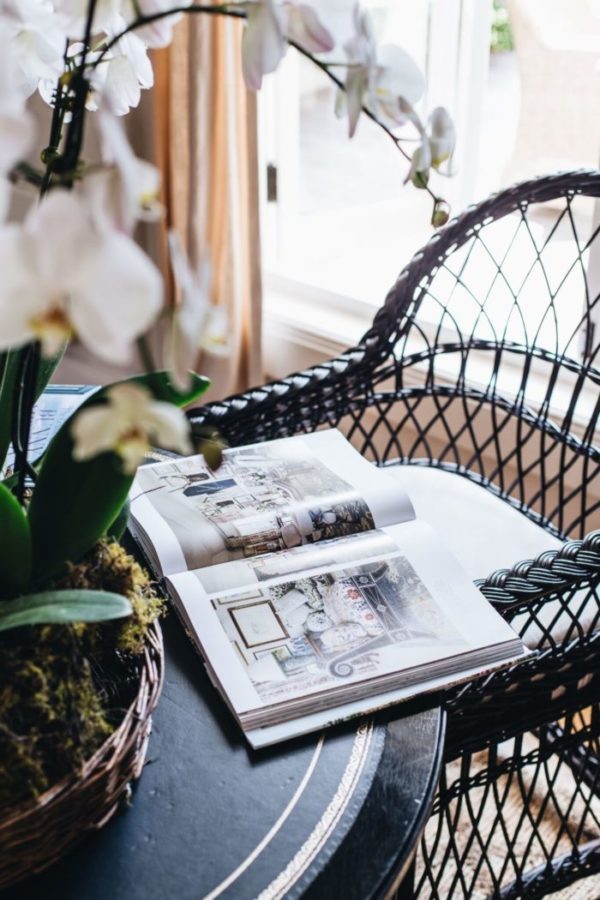The thing with books is that they are a passport to other places and lives. In a book, you can go anywhere and be anyone. It’s a motivation that feels especially attractive again. Now, for whatever undetermined period of time this self quaratine will be, people are at home and reaching for books. We’re searching bookcases for fat, hardcover novels, that never got finished on a plane. Putting them on our bedside. Read more, ‘Why Books Never Go Out Of Style.’
They can evoke a sense of place so strong that they make you forget, momentarily, that you’re in isolation and inside. Some might be new, some old, some longstanding favourites, and some you’ll be reading for the first time. Unsorted and dusty, though, they are a bad look. Here’s how to get them in shape as what we want from our physical surroundings at a time like this is to have everything go back in its assigned place. Remember, order can be difficult to achieve if adults are forced to work at home and schools are closed. Our personal stuff is getting mixed in with our office space, and the boundaries become blurred. It can exacerbate stress with people sharing small quarters together.
Shelves of books soothe people.
The most perplexing part of this décor dilemma is that often books serve little or no functional purpose in people’s lives. Many people read almost everything on their phones. So why do we even keep books in our homes when digital books are so much easier to store? Is it because real books are decorative, interesting and great company. They are also central to an interior, the ultimate finishing touch – use them like works of art. They are decorative, interesting and great company.
Old or new, paperback or hardback, good books are a statement you are educated, intelligent and interested in the world. Read more, ‘A Room Without Books Is Just Very Sad.’
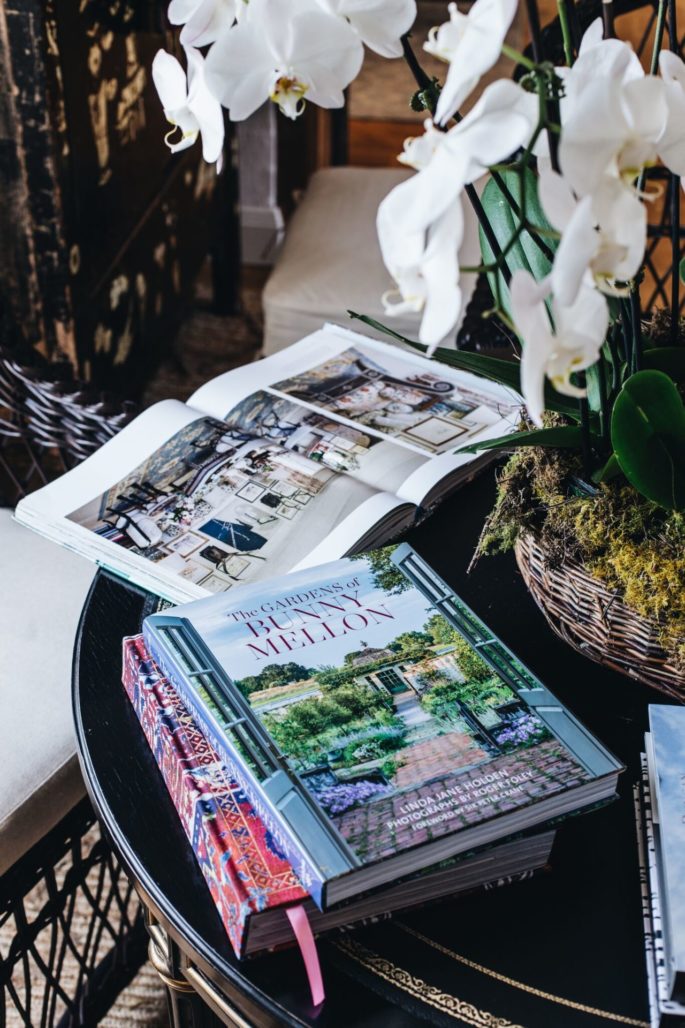
“The Gardens of Bunny Mellon,” by Linda Holden, published by Vendome Press, $60.35, amazon.com.au
Naomi S. Baron, a linguist and professor emerita at American University and author of “Words Onscreen: The Fate of Reading in a Digital World, says her research shows there are lots of reasons people still feel attached to the printed-and-bound word. “Books are part of your personal history. They’re mementos from trips you took. They’re part of who you were. I am looking at my Gothic dictionary, from a class I took when I was in graduate school. Do I ever use this dictionary? No. But just looking at the spine reminds me of the time when I was a student and learning exotic things,” she says. Read more, ‘How To Decorate Your Shelves Like An Interior Designer.’
“But do we only feel like that because we grew up with books?” If you add more shelves to the house, in a generation or two they will be seen as a design flaw by people who have never seen a physical book. Prof. Baron doesn’t think said. “You might think that younger kids who are on devices all the time couldn’t care less about print, but they do”.
Last year, Prof. Baron partnered with European researchers, including cognitive reading specialist Anne Mangen at the University of Stavanger in Norway, to ask teens and preteens what they thought about physical books. (The survey of 212 middle- and high-school students at the International School of Stavanger was suggested by the school’s head librarian, Kim Tyo-Dickerson.)
Many of the students said they preferred physical books over their digital counterparts for their tactile qualities. “We asked them what do you like most about print, and their answers were ‘I can feel the paper in my hands,’ ‘I like turning pages,’ ‘It feels right to hold a book,’ ” she said. “That’s pretty much how I feel too,” I said. “And you should feel good about that.”
People often view their favourite books as comfort objects.
They will pull some off the shelf to feel the weight in their hands, a feeling that is not uncommon. Touch and the physical interaction with things in our surroundings is a vital part of being human.
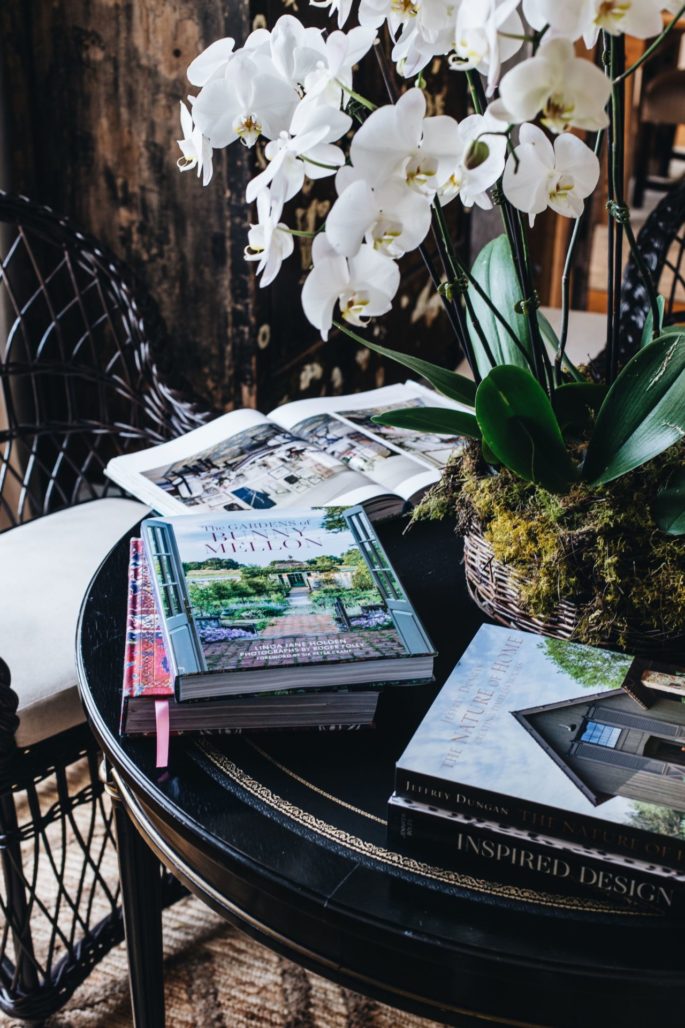
A stack of Vendome lifestyle books sitting pretty at Melissa’s country house.
We may run out of things to watch on Netflix in the next few weeks, but books will always keep us company.
Maybe it’s time to reread a favourite novel which you haven’t opened for decades. As we struggle to understand the scope of the coronavirus, reading fiction can help us identify with others, research shows. “The more fiction you read, the more you think of yourself in their lives,” says Keith Oatley, a cognitive psychologist and professor emeritus at the University of Toronto in a recent New York Times article, “and the better you become at understanding other people and empathy. So at a time when I’m spending the least amount of time around strangers, I might actually be learning the most about them. There will be plenty of time next week, and the next, for me to get my house in order. So what’s the best way to make a home for too many books?” Read more, ‘What To Do With Coffee Table Books.’
“People wrestle with this all the time because they always think they are not going to continue reading things on paper, but they still do,” said New York City architect Lorraine Bonaventura. “Every client still asks me to find a way to incorporate their books.” It might sound counterintuitive, but Ms. Bonaventura said the best way to keep books from overtaking a room is to “fill an entire space with bookshelves. When the shelves extend from end to end on a wall and all the way up to the moulding, they blend into a room.”
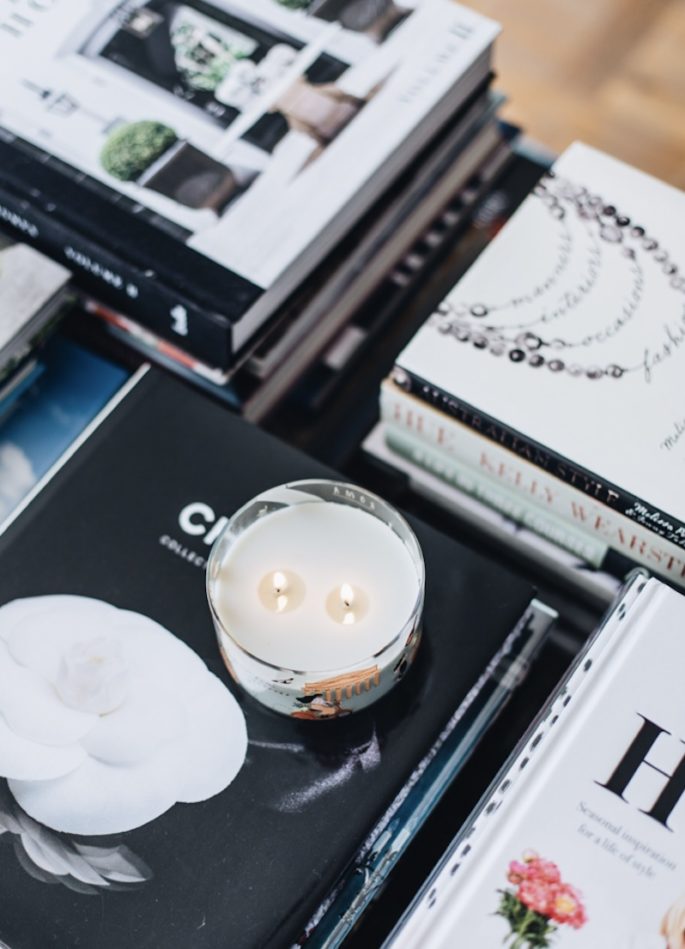
More books at Melissa Penfold’s country house stacked on her coffee table. Photo by Abbie Melle
Recessed, built-in bookshelves might be the best solution. Try scanning the walls of your home to find a big blank wall where you can borrow space from an adjacent room, to do shelves from wall to ceiling. Built-in bookshelves needn’t steal a lot of depth from a room. The typical novel only requires a shelf that is 8 inches deep. “But it’s smart to give an extra 2 inches for deeper books. Read more, ‘The Book Every Design Lover Should Own.’
If you have a lot of books, and don’t want to build bookcases, get creative and use stacks of them in front of the sofa to use as a coffee table or as side tables. You can put tiny, wall-mounted affordable L-shaped brackets on each side of the bed as a stand-in to bedside tables which will hold around six to eight books each, with a clock on top. Keep books where you’ll use them: reference books by your desk; cookbooks in the kitchen.
Display them well: think about your shelves. If you can set aside a room as a library, lucky you. Otherwise, install shelves along one entire wall (including above the doorway). Use bookshelves to fill awkward nooks: down a hallway, under stairs, around a fireplace. Solve the tall book problem by lying lanky volumes on their side, spines out and stacked attractively. Let your books breathe, don’t make every shelf bulge. Consider breaking them up with collections that relate to their volumes.
Don’t confine books to shelves.
A pile of interesting or beautiful volumes on a table or stool, on in a basket next to an armchair, means no one need be bored. Coffee tables need books. Stack up some beautiful hardbacks and change them regularly. Choose ones with lovely pictures covering subject such as houses, gardens, art, flowers and food. Read more, ‘The Best Coffee Table Books To Gift (Or Keep) Right Now.’
The thing with books is that they are a passport to other places and lives. Books mimick travel. In a book, you can go anywhere and be anyone. It’s a motivation that feels especially attractive again.
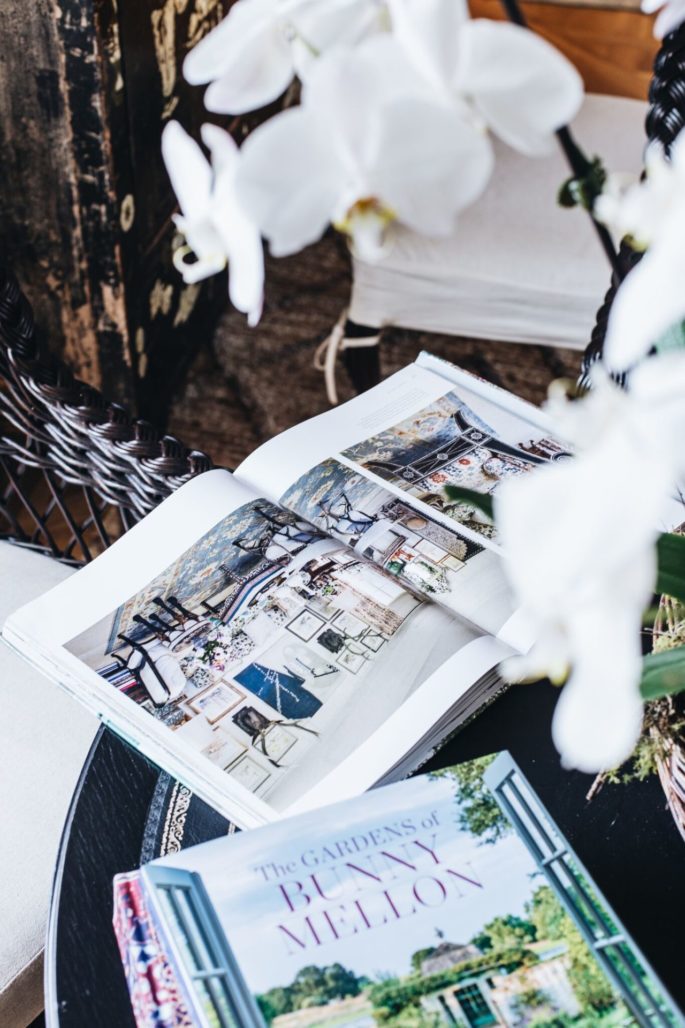
Photo by Abbie Melle

